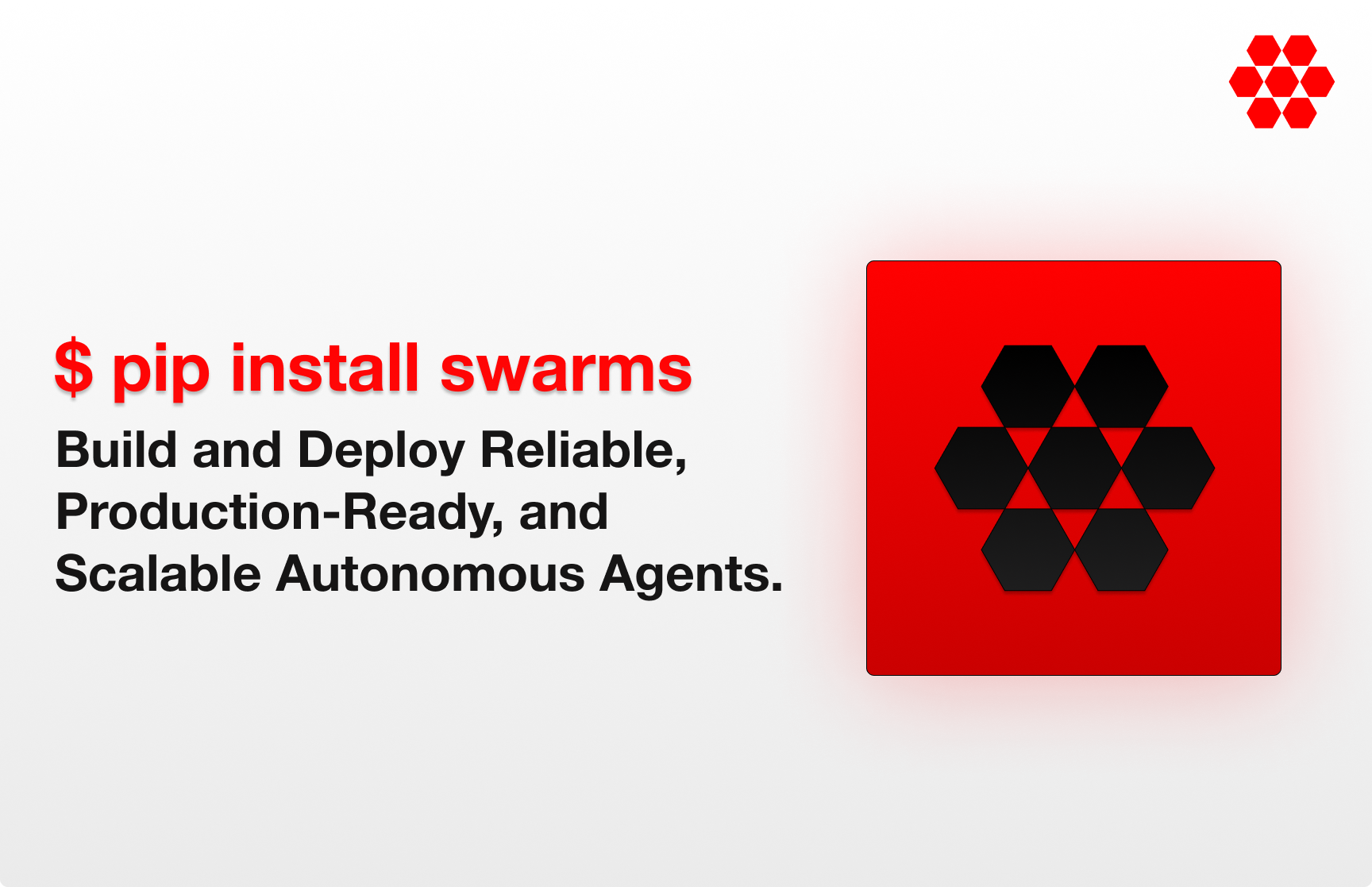Introducing Swarms Framework: An Industrial-Grade AI Agent Framework

Let’s talk about an amazing AI agent framework “Swarms” today. The github repository link is: Swarms Framework
Table of Contents
Introduction to Swarms
The Swarms framework is inspired by the OpenAI Swarm framework, which enables AI agents to work collaboratively by assigning specific capabilities to agents and managing transitions between them. However, while the OpenAI Swarm framework is experimental and minimal, Swarms framework is built for industrial-grade use of AI agents solving complicated tasks.
Core Components
The Agent
At its core, the fundamental component of Swarms is the ‘Agent’, a highly capable AI unit designed to operate autonomously. Users can directly configure and use essential features such as:
- Long-term memory support for retaining context
- Customizable output data types for various use cases
- Multi-modal LLM support (text, image, voice)
Workflow Management
What truly sets Swarms apart is its comprehensive architecture that manages communication between agents. The corresponding swarms components allow users to orchestrate different workflows of their AI agents conveniently:
- A straightforward, sequential workflow, such that agent A → agent B → agent C
- A complex workflow where multiple agents work simultaneously such that agent A → agent B, C, D
- Even more complex workflows…
To handle highly complex workflows, Swarms has more powerful components that use Graph Theory to manage the workflow. For instance, you can make a Directed Acyclic Graph (DAG) to effectively manage dependencies between agents and tasks, ensuring clarity and precision in complex processes.
Industrial Solutions
Swarms prepares solutions to handle common industrial challenges, such as concurrency and efficiency issues, especially in large-scale applications:
- SpreadSheetSwarm is designed to manage the concurrent operations of thousands of Swarms
- Powerful Swarms routing components optimize orchestration efficiency:
- SwarmRouter: orchestrates all Swarms components, turning them into a cohesive, large-scale execution system
- MultiAgentRouter: designed to help route tasks to the most suitable agents, ensuring maximum efficiency
Conclusion
Although this is just an open-source project, it shows huge potential to help businesses transition from the non-AI era to the AI-driven future.
What do you think about the Swarms framework? Would you consider using it in your projects?
Youtube Video Link: text